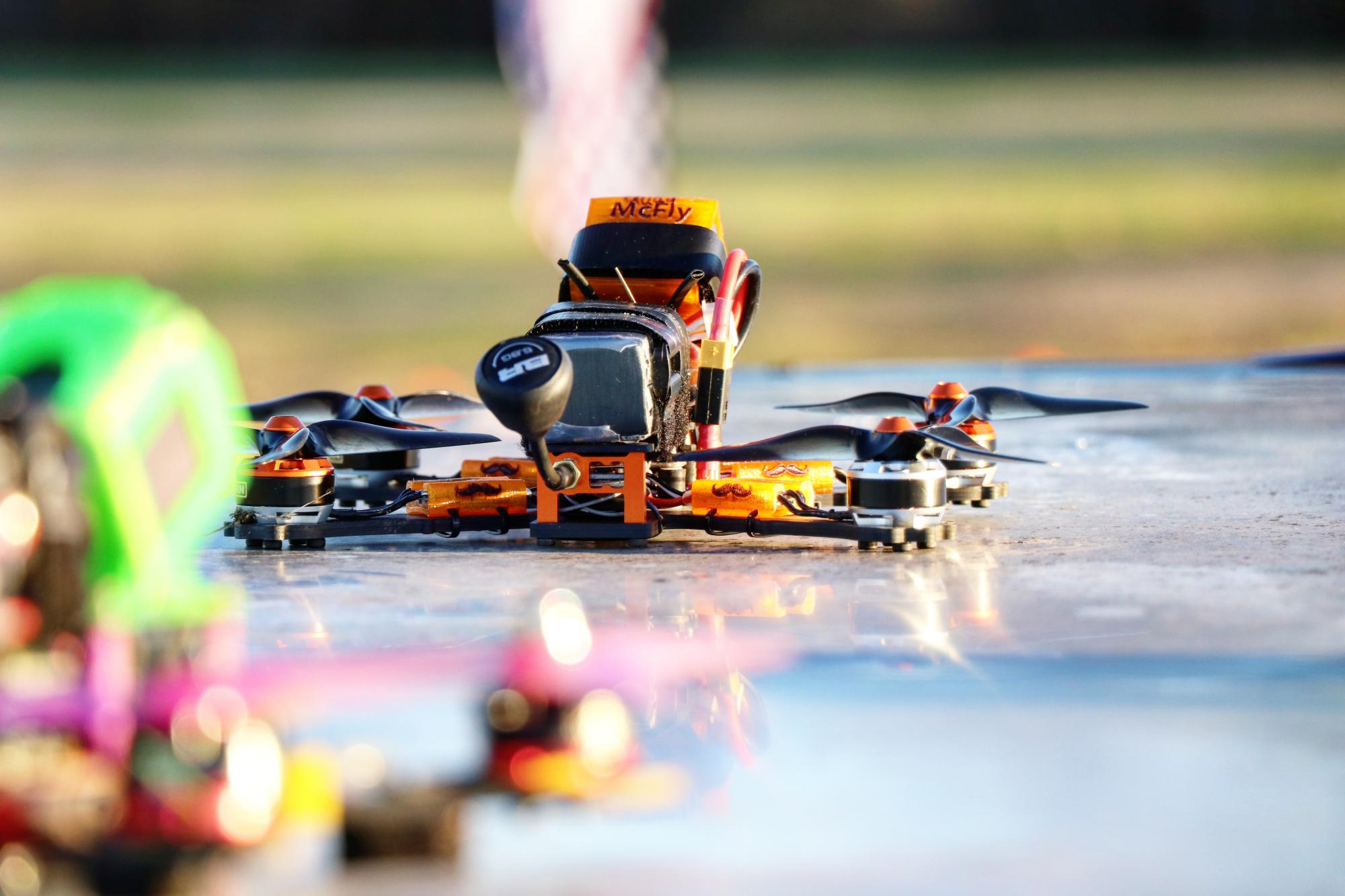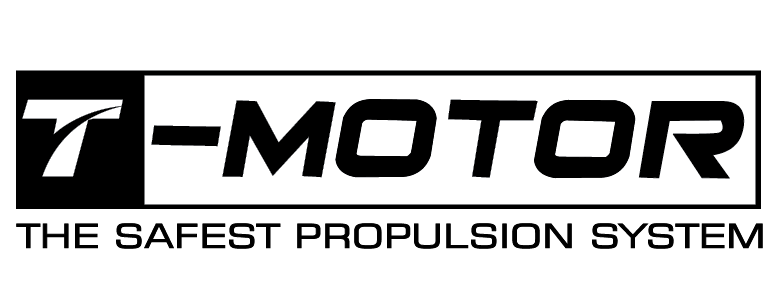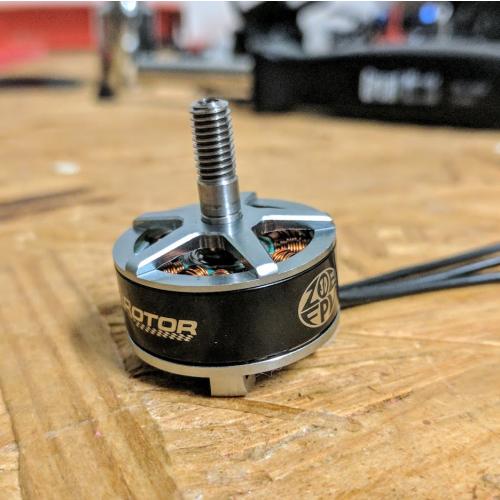- Home >
- Results >
- Motor Tests >
- High KV >
- BeeRotor ZOE Z2207 2780kv
This is a recent update to the BeeRotor ZOE line of motors sent over by RCTimer for testing.
Check out the full list of motors in this series here
Summary
Results
One of the most interesting things to note here is that while this motor has 2780kv labelled on the bell the actual kv comes in a good deal lower, landing at 2630kv almost identical to the Emax RS2306 high KV motor. In my opinion this is actually a positive thing, given the stator size and the typical prop loading of a 2207. Too high KV on a large stator means that current draw quickly becomes unsustainable for typical flying, though the larger stators typically don't have trouble handling it. Even with a 30-40% unloading in sustained forward flight, the current draw can be problematic for our current battery technology, especially on a race track where a minimum of 2 minute run times are typically necessary. The slighly lower KV here puts it into a more managable area, where a light weight prop like the v1s 5x4x3 is feasible to reach those flight times on a very light rig. Even with the reduction in KV this motor is likely to be mostly ideal on light weight racers in the sub 500g range where the unloading is going to be the most significant. The results here reflect that, with strong performance but current draw in the mid to high 30A range on most of the props tested, with peak thrust just short of 1600g on the heavy 5" props. Overall very strong performance here in the right application, with a very solid weight cost.










































